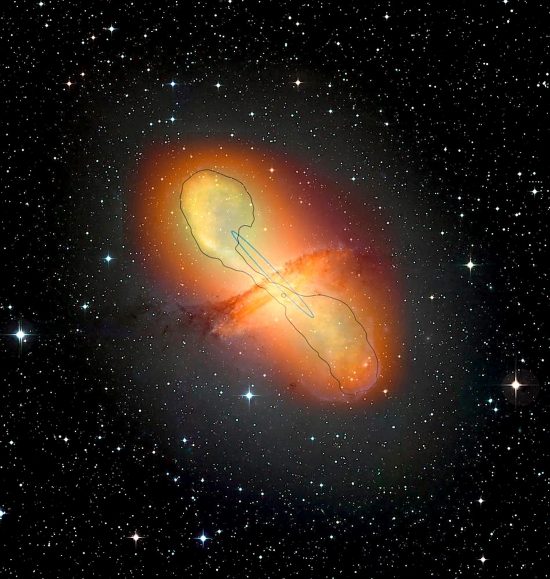
August 19, 2020
Gamma-rays possess the highest energy in the electromagnetic spectrum.
Gamma-rays are said to be “electromagnetic particles” called photons. Since matter is believed to exist as both waves and particles, and photons are a class of particle called “bosons”, they “carry” the electromagnetic force. Modern physics believes all forces are facets of material phenomena, so electromagnetism requires the photon in that view.
Gamma-rays travel at enormous velocity (up to 2.993 x 10^9 centimeters per second, or 1,774,800,004 kilometers per hour), so “relativistic effects” are observed. Contemporary physics requires a relativistic electron to strike a low-energy photon, slightly slowing the electron and ramping-up the photon to gamma-ray energy. Gamma-rays can knock electrons out of an atom.
As mentioned, gamma rays are the most energetic, with values 10^15 times greater than visible lightwaves. They also have short wavelengths, less than 0.1 nanometers, in some instances. Since most galaxies are thought to harbor supermassive black holes in their cores, astronomers believe that matter might be “torn apart” by intense gravity, creating exotic particles, while emitting gamma-rays.
According to a recent press release, “…over 200 scientists from 13 countries…” studying Galaxy Centaurus A (NGC 5128) report that gamma-ray emission from galaxies with active galactic nuclei reach-out for “several thousand light-years along the jets of plasma”. Astrophysicists are puzzled by that observation. It was always thought that gamma-rays were generated and confined to a black hole’s local neighborhood.
In an Electric Universe, charged particles, like electrons, accelerate through electric fields. In so doing, they emit synchrotron radiation that often appears as gamma-rays. Electric charge surges out along galactic spin axes, forming double layers that are seen as “lobes”, as in the image at the top of the page. Electric charge spreads out around the galactic circumference, flowing back to the core along the spiral arms. Since the elements in a galactic circuit radiate energy, that energetic radiance shows that they are powered by larger circuits. The extent of the larger circuits may be traced by the polarized emissions coming from them.
Radio lobes far above the poles of active galaxies are the signature of Birkeland currents—partial field-aligned ring currents extend out from galactic cores. That moving charges generate an electromagnetic field has been known since the days of Michael Faraday. As previously written, moving charged particles constitute an electric current, and that current is wrapped in a magnetic field. When more charged particles accelerate in the same direction, the field gets stronger.
Jets from opposite poles of a galaxy end in energetic clouds emitting X-ray frequencies, or gamma-rays. Those phenomena are based in plasma science and electric circuits, not gas kinetics, gravity, or particle physics. Plasma’s behavior is governed by those circuits. Double layers with large voltages between them often exist. The electric forces in double layers are incomparably stronger than gravity, broadcasting electromagnetic waves over a wide range of frequencies.
Stephen Smith
The Thunderbolts Picture of the Day is generously supported by the Mainwaring Archive Foundation.












